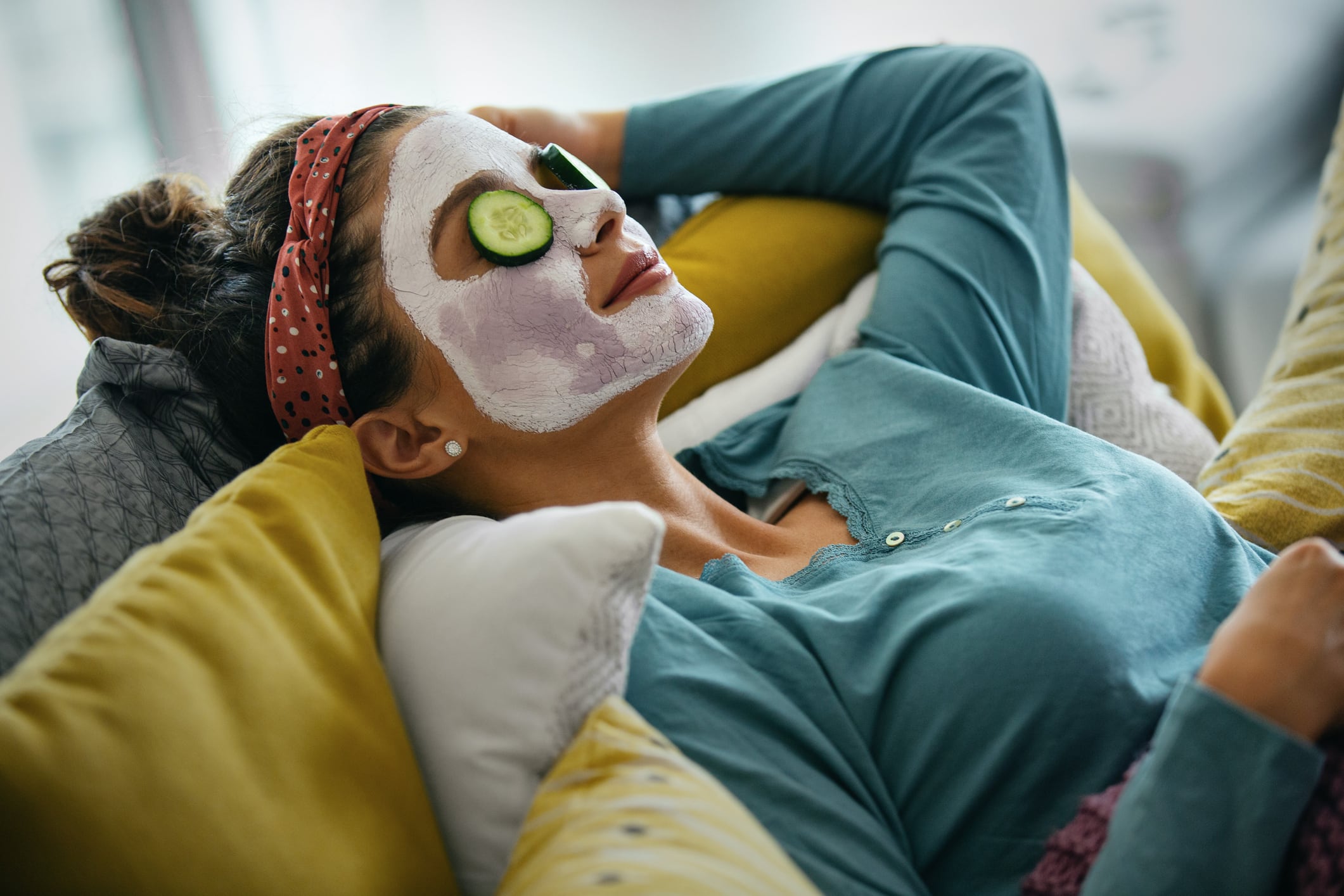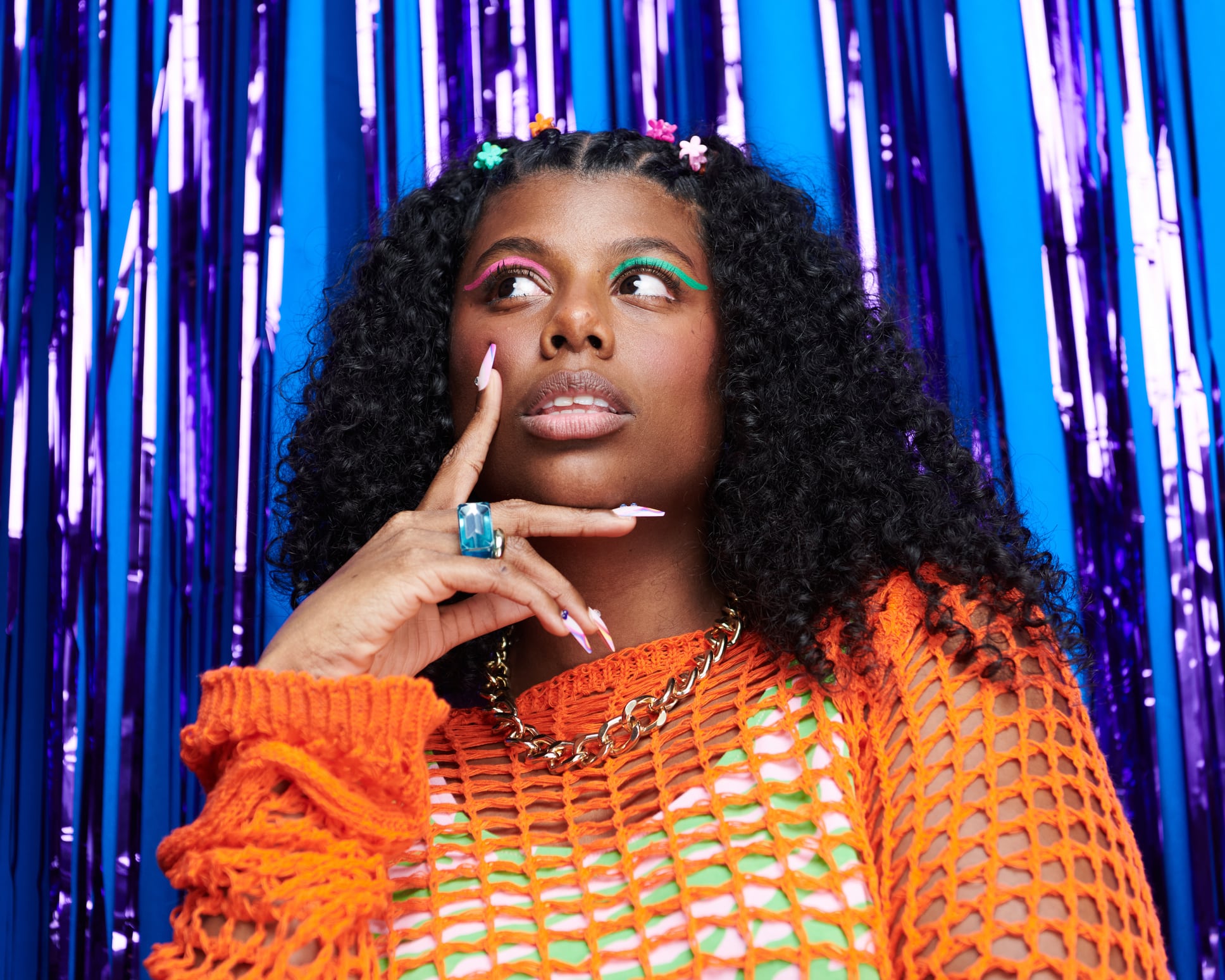The beauty and personal care industry is seeing a notable shift in consumer behavior, driven by what market analysts are calling ‘comfort capital.’ According to Clare Hennigan, principal analyst of beauty & personal care at Mintel, this emerging trend builds on the well-known ‘lipstick effect’ but responds more directly to the unique emotional and financial pressures of today’s environment.
“While the ‘lipstick effect’ describes how consumers continue to purchase beauty products during economic downturns as a form of affordable indulgence, ‘comfort capital’ builds on this idea,” she explained to CosmeticsDesign US. “It focuses more specifically on the types of ‘little luxuries’ BPC consumers gravitate toward in today’s uniquely uncertain environment—whether driven by financial pressures, emotional fatigue, or both.”
Amid increased market saturation, traditional “premium positioning and performance alone may no longer be enough to drive purchases among financially cautious consumers,” she said, particularly as “the beauty space is significantly more crowded now than during previous downturns.”
She cited recent Mintel data which reinforced this caution: 38% of US adults report spending less on beauty and personal care in the past six months, and 36% say they would cut back further if their budget were constrained.
The role of sensorial and emotional appeal
Products that engage multiple senses and provide emotional resonance are increasingly important to today’s consumers.
“Scent is particularly important, with 39% of consumers ranking it among their top three reasons for buying a product, highlighting its power to evoke mood and provide a sensorial escape,” said Hennigan.
According to Mintel’s data, 72% of consumers affirmed interest in new textures, sensations and scents, she explained, confirming that texture and sensory novelty are also top of mind. This interest can be carried through to packaging, she added, “particularly when it enhances a product’s ritualistic or indulgent feel.”
By leveraging a consumer’s unique and personal associations, a brand can potentially influence product expectations, or even purchasing intent, she continued. Therefore, she advised, “it’s essential for brands to offer a mix of sensory and emotional benefits to resonate widely.”
Inducing comfort through sense, memory and play
Hennigan highlighted several brands already aligning with the comfort capital framework, using tactile, nostalgic and playful strategies to deliver small moments of joy and escape.
Half Magic’s Lip Snuggle Balm, for example, includes a soft and fuzzy applicator, and Lottie London’s Valentine’s Day launch used fidget toy-inspired packaging. Both, she illustrated, successfully turned “a beauty item into a calming, interactive object.”
Another emotional driver for consumers is nostalgia, as demonstrated by Urban Decay’s recent relaunch of its iconic Naked Palette, which featured “the original shades but updated formulas—blending the familiar with the new to evoke emotional connection,” she said.
Conversely, another tactic beauty brands have leveraged is a play towards “transforming a daily beauty ritual into a whimsical escape,” she explained. For example, Hennigan highlighted GOGO TALES lip color launch disguised in AirPods-style packaging, and d’Annam’s White Rice EDP fragrance, which offers “warmth, familiarity, and emotional grounding through...the scent of jasmine rice.”
“These products go beyond function—they create emotional resonance,” she said. “By engaging the senses and memory, they allow consumers to find pockets of comfort during everyday beauty rituals.”
Key strategic takeaways for manufacturers and suppliers
For beauty and personal care product industry stakeholders, aligning with this shift suggests reframing “product development through the lens of emotional utility,” Hennigan advised, as “consumers are seeking more than efficacy—they want products that provide comfort, joy, relaxation or escapism.”
From a formulation standpoint, key strategies for beauty R&D could include considering texture, scent, warmth, and other sensorial cues, as well as integrating adaptogens, neurocosmetic actives, or other ingredients associated with emotional well-being.
Similarly, she continued, packaging should also reflect ease, familiarity, and emotional appeal.
“Crucially,” she summarized, “brands must embed empathy across communication channels—engaging consumers as co-creators, building community, and communicating with transparency and emotional intelligence.”
From trend to long-term transformation
While short-term stressors have accelerated interest in emotionally supportive products, Hennigan predicts that this change will be a deeper and more enduring one. “’Comfort capital’ reflects a much broader and more permanent shift in consumer expectations,” she said. “Emotional well-being and sensory pleasure will become central to how consumers define value in beauty and personal care.”
“This is about more than short-term indulgence; it’s a long-term recalibration toward intentional, emotionally supportive consumption,” she concluded. “Brands that respond with empathy, innovation, and emotional intelligence will be the ones that earn lasting loyalty.”





